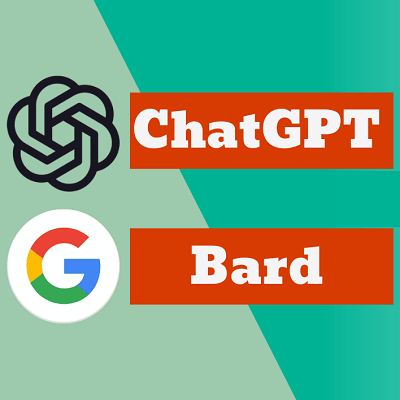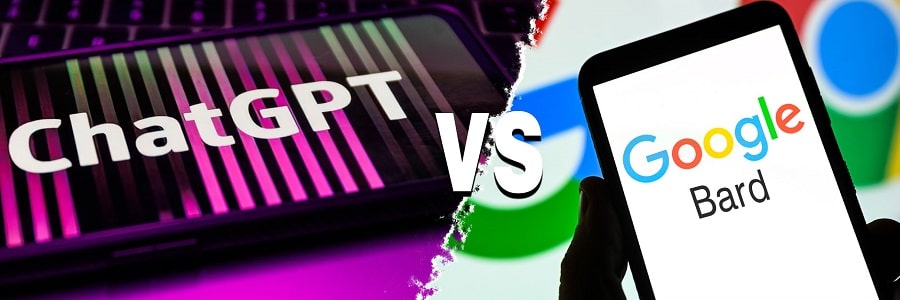
The evolution of conversational AI has led to the development of several powerful models. ChatGPT and Google BARD stand tall among them. This article will unravel the intricacies of both, offering readers clarity on their individual strengths and distinctions.
What is ChatGPT?
ChatGPT, a brainchild of OpenAI, is based on the GPT (Generative Pre-trained Transformer) architecture. Renowned for its ability to generate natural, human-like conversations, it’s powered by vast amounts of internet text. ChatGPT excels in providing contextually-aware responses and is versatile in its understanding, making it a favored choice for myriad applications, from casual chats to more complex discussions.
What is Google BARD?
Google BARD emerges from Google’s extensive research umbrella. Leveraging the BERT (Bidirectional Encoder Representations from Transformers) framework, among other proprietary algorithms, it stands as a formidable conversational agent. BARD’s strength lies in providing concise, data-driven answers, benefiting immensely from Google’s enormous and diverse datasets.
What is the difference between ChatGPT and Google BARD?
While both models champion the cause of conversational AI, their design philosophies and outcomes vary:
- ChatGPT: Aims for a balanced blend of human conversation emulation and information accuracy. Its responses, while rich, can sometimes be verbose, reflecting the vast and diverse training data it feeds on.
- Google BARD: Operates more like an information retrieval system, laser-focused on delivering concise, accurate answers. It occasionally might lack the fluidity of a natural conversation but compensates with the depth of factual content.
Leading companies actively use both systems to improve the responsiveness of their technical support.

Comparative characteristics of chatbots
Training Data:
- ChatGPT: Trained on eclectic internet text, it has a broad knowledge spectrum.
- Google BARD: Benefits from specialized Google datasets, emphasizing depth in specific areas.
Response Nature:
- ChatGPT: Offers longer, more natural conversational outputs.
- Google BARD: Prioritizes concise, data-backed answers.
Coding Assistance:
- ChatGPT: Capable of generating diverse code snippets and provides programming insights.
- Google BARD: More deterministic, leveraging Google’s vast coding knowledge for precise answers.
Information Synthesis:
- ChatGPT: Presents a well-rounded view, drawing from multiple sources.
- Google BARD: More linear, focusing on factual accuracy over diverse perspectives.
Conclusion
Both ChatGPT and Google BARD are milestones in conversational AI, each carving a niche based on their design and training. While ChatGPT offers human-like communication, Google BARD acts as an information assistant. That is why Luckland casinos have found use for it, helping users get answers to their questions, be it news or game statistics. But of course, the optimal choice of its use depends on the specific requirement: for a conversation that feels more human, ChatGPT shines; when it comes to data-driven accuracy, BARD takes the lead.
